|
Mumbai's G5A screened S. Durga and it was over houseful - people had to be turned away! In 2017 I missed screening of this film at the IIFR, Roterdam where it won the Hivos Tiger Award by Director Sanal Kumar Sasidharan. The uniqueness of this film, according to me, is the editing and cinematography. The film does wonderful work in keeping the audience engaged with minimalistic dialogue in Malayalam. Durga, female protagonist, a North India, while the male protagonist a local from Kerala is name Kabeer. The name suggests the religious identity of the characters and the Director nicely combines the entire film happening on one night to the journey of Durga goddess. Without using any explicit dialogues or actions, the film powerfully reveals a lot of untold stories - open to interpretation by the audience. While watching this film I found similarities with another film, Turup, that was screened at Bhau Daji Lad Museum, Byculla around mid-March. A film by Maheen and Rinchin, who also happens to be my batchmates from TISS, Mumbai, brilliantly brings our various dimensions of social-cultural realities with beautifully selected Kabir' poetry reminding us about polarization in our society. The film S.Durga is nicely intertwined with goddess Durga, in Turup the film is scripted around chess competition in the neighbourhood. Though I felt Kabir's poetry was bit loud running throughout the narrative - sometime overpowering the protagonists, but sometimes it nicely allows you to enjoy the Sufism and folk music.
Politics around love has been in our society for ages, but the increase in degree of intolerance - in day-to-day- political chores are probably more that we see in today's context that's dividing multi-cultural communities. Highly recommend to watch both the films. P.S. I'd to change the title of the blog (31 July, 2018) because this page has attracted 100x more viewers from Gulf countries therefore I use the current title hoping to control the traffic (thanks to google analytics). @purabibose.com
0 Comments
The Godrej India Culture Lab has been churning out amazing events. I've been missing them due to my travel commitments. This week I'd blocked to paint the apartment, and for the 'Urdu Culture Now' event organized by the Godrej Culture Lab at Vikhroli, Mumbai. Just an hour journey by Ambernath local train, this event was a nice pre-monsoon break that was much needed from my DIY apartment painting mode. The event was nicely curated by a group of students, including two students of Tata Institute of Social Sciences (TISS), who were the first batch of Leadership Program Fellows. For me, it's always an honour to meet my humble motivating TISSian Profs Anjali Monterio and Jaysankar.. I still continue to draw inspiration from them and from their dedication in media and cultural studies. The event was a delicious kichidi of everything - almost everything - that comes under the umbrella of Urdu. It included: art exhibit, panel discussion, performances, and culinary delicacies. Exhibition The exhibit corner was small and nice with mix of poster work by Zeenat Kulavoor and Nasheet Shadani, books, Sound Zone, and even a Sticker corner - a sticker with your favourite poet's few quotes made a good take home souvenir. The Ghalib's famous quote printed in Urdu and Roman Script: hazaroñ khvãhisheñ aisi ki har khvahish pe dam nikle bahut nikle mere armän lekin phir bhi kam nikle magna Urdu aur mein It was Dec 1985: the first anniversary of the Bhopal disaster. My first-ever trip outside Maharastra. As a 10 year old I was the only child member of a singing group, Lok Sanskriti Kendra, which was somewhat an extension of a cultural wing of a political party. It didn't matter to me.. I was too young to understand politics, but the songs were motivating and I enjoyed the idea of going to places (Bombay mills union or farmer's movement) to sing! Proshanto da and Munni didi received an invitation for the team to sing at an event to mark the first anniversary in Bhopal. I was given a condition that my school class teacher of 5th standard/grade would've to give me permission! My class teacher was Hindi expert and her condition was I'd have to write an essay from my trip experience... something like Back to Office Report, but in Hindi! So I got a week's leave to visit Bhopal. We did the singing, and also were taken to field visit for meeting the families affected by the gas tragedy. As a child, I must have been in utter shock to see the impact of the disaster and began sobbing. Abba, one of the families who had lost his 8 yr old grandson in the Bhopal disaster, wanted to cheer me up. As an expression of love he gifted me one of his books in Urdu script with poems of Mir Taqi Mir, the 18th century Urdu poet. He made me memorize the name of this poet. He'd written my name in Urdu script on this gift book. It was a rich treasure for me and first familiarization with Urdu script. Urdu is one of the 12+ languages and dialects I think I understand ;-) Comprehending languages marks mastering in listening, talking, reading and writing - some languages I read and write better while others I can express/talk better. Urdu is the language that I am good at listening.. can't read and write, not yet. Panel Discussion The panel included poet Hussain Haidry, artist Zeenat Kulavoor, and Executive Editor of the Wire Urdu Mahtab Alam. I liked the way Annie Zaidi, writer and journalist, moderated smartly the discussion. A good line up but I guess there was no preparation among the panelist on the kind of discussion - it was more impromptu - which is fine, but wasn't knocking intellectual door. One reason I think for relatively weak discussion was that the topic of the panel was too generic. Hussain Haidry was asked to recite one of his poem by Annie, which he did brilliantly except that the last verse he was unable to recollect. Zeena Kulavoor I think is doing nice work with Urdu script, but she kind of failed to capitalise in sharing her talent - this was despite Annie's moderation in giving her a chance to share/describe with audience different types of formats of script within Urdu. Mahtab Alam tried to touch upon the issue of Urdu as a language and its existence, but overall the panel discussion revolved around Urdu in Bollywood. Or, perhaps I was expecting a bit too much from this panel. Performances Storytelling Danish Hussain created a good mood in the audience. He'd about 20 min slot, which in normal scenario is the time taken by the storytellers to build up a tempo with the audience. In brief, it was like a peck in the cheek As an amazing actor, he did his performance flawlessly - sharing information about Dastangoi and its historical transition over the centuries; how in 1881 first Dastan-e-Amir-Hamza stories published making it one of the longest written story; his theatre company the Hoshruba Repertory's approach of using multi-lingual storytelling; and finally throwing few examples of diversity of story telling - dastan-e-rokna, serafa, and aiyyari or trickery - all sweetly wrapped up in the limited given time. If one digs beyond Danish Hussain's storytelling its also all about making Urdu language public and 'marketable' - I'm using the term that Mahtab Alam had raised in the panel discussion. It was only a couple of weeks ago that I'd my first chance to see Danish's performance (read my blog Qissebaazi in May 2018). With today's glimpse I'm hoping to see many more in the near future. Pop music Pop-music and Urdu might sound like a strange bedfellows, but that's what Winit Tikoo is trying to proof the otherwise. I am not a pop music person, and anything new takes time for me to sink in. As such Winit Tikoo's performance was nice, and the audience enjoyed it. Always nice to see people with deep passion. He is one of them striving to compose music of Hindustani/ Urdu/Hindi poets independently as an artist. The traditional food, dawaat, was a nice arrangement (for an orphan/solo me). Food always is a good excuse to engage people to interact.
I loved this event and was glad to see it happening here in India/Vikhroli at the Godrej Culture Lab, which eventually (hopefully) will be a big plus towards building a creative commons. @purabibose.com This blog reviews two events that draws inspiration from Rabindranath Tagore's work: a new bollywood film, Bioscopewala, and two hour long NCPA's Tagore dance and music event. A few days ago, I had a chance to watch a Bengali cultural programme at NCPA, Mumbai. Apparently it was NCPA's first time to organise such an event marking celebration of Rabindranath Tagore's 157th birthday. Dance and music of Tagore refreshed childhood memories of what was to be a Bengali girl.... in Mumbai! "You are a Bengali only when you can recite a Tagore's poem, sing, and dance to the tune of Rabindra Sangeet", Biren dadu warned us. Summer holidays for my friends and me ( in the age group of five to twelve years old) used to be typically spent learning how to read and write the Bengali script in the afternoon, and in the evening dance rehearsals with live music - harmonium, tabla, dholak, mangira while kakus and kakimas had no shy to practice Rabindro sangeet that would echo in our neighbourhood. Every year, we'd to perform for Tagore's Birth Anniversary celebration in Kurla Camp, Ulhasnagar, in the outskirts of Mumbai! Years later I came to realise that Kurla Camp in those days (1980s) was like a probashi Bengali ghetto in the midst of Sindhi colony. The Kali bari (goddess Kali's temple) was literally the center of the earth for the Bengalis in Kurla Camp - everything evolved around it - from the fish market, to bengali sweet shops and library. My friends had assured me that being Ghoti means that I came from the right side of the planet! As a child, I began noticing the difference between Ghotis and Bangals it existed subtly in language accent, food habits.. (or click here https://www.thequint.com/campaigns/bol/ghotis-and-bangals-decoding-a-very-bengali-rivalry). This divide was invisible when it came to prepare for Robi Thakur's on 25th Boishakh celebration, which was in the month of May - everyone would pitch in to prepare the script/ballet, selection of songs, improvisation of our dance movements etc. Aj dhaner kheter, Eso shyamal sundoro, or momo chitte neete nitte ke je nache ta ta thoi thoi .. Best part was that the shy girls, like me, would be completely transformed as a confident perfomer on the stage; little did I knew it was a killer way to teach us team work in an early age. In 2010, my mother at the age of 67 years announced she wanted to learn harmonium and Rabindra Sangeet! She wanted to fulfil her bucket list. For the next five years she mastered the art of singing numerous Tagore's song and playing harmonium. Till my mother's death in May 2015, she continued to learn this art from her much younger teacher friend, Deboshri kakima. I'd almost lost touch of this tradition and it was refreshing to attend NCPA's two hour event on Tagore's dance in may ways. At Experimental Theatre, NCPA, the evening event was for two hours with three performances. The first one was similar to what I'd performed as a child, titled 'Robir Rongey - Tagore through colours and mood'. The second performance was about Ragas and Keertans from Tagore's songs introducing Baul geet and a nice twist of Manipuri and Bharatnatyam fusion. The final performance was from Srijon institute that put me off (and to top it, they used recorded songs; no live music). I left immediately after 10 mins of this last performance. I must admit that the event didn't meet any expectation and I came out disappointed - except the live music of the initial presentations were remarkable. The NCPA needs to review the troupe's performance before engaging in curating an event to avoid unforgettable experience in a negative way! I enjoyed relatively nice show by Shahana and Pubali and Angik. BIOSCOPEWALA
Bollywood films are not for me. In 2017 the only film I watched (and actually paid for ticket at the theatre) was Newton. It's mid 2018 and Bioscopewala is the first and the only Bollywood film I watched. If I've to describe this film in one word, then that word would be 'choppy'. Yet, I loved it and I'm able to relate and empathise with the Director who have kept the dialogues to minimal and let the camera do the action. I wonder why we need so much of dialogues - words eating words. That's probably what I think my film editor at Landing Together films likes to do as well - use less words :-) Overall, Bioscopewala film has nicely used Tagore's lovely story Kabuliwala. I wish Danny Dengzonpa and Kala had got a little bit more space to show their talent - such a beautiful casting. I haven't seen any films of Adil Hussain, but even his acting got lost in the film that didn't capture the father-daughter relationship. Yet, the Deb Medhekar, the director, has nicely managed to pull the story. The rest of the actors didn't impress me enough. I think the film is refreshing, sweet and small, and you come out of the theatre feeling good - especially if you are a Bong like me (or know Bengali language) its a nice treat. There is no greater agony than bearing an untold story inside you ~ said Maya Angelou. The art of storytelling is what kept human civilisation's love for culture intact. Stories are like a river it keeps flowing even if it has a barrier it flows by changing the route, but never stops. As someone once told me, ...[If] you want to understand a culture then listen to their stories. The month of May I'm rarely around in Mumbai, but this year am ready to experience the heat and humidity. Mango allergy (thanks to calcium cyanide chemical used for ripening this commercial fruit) kicked me nicely already this summer. Mangoes and summer month refreshed my childhood memories. During the afternoons - before the days of air conditions and mobile phones - the summer school holidays for us was hanging under the mango, lemon and jackfruit trees with punjabi, marathi, sindhi and bengali friends playing 'story-story' and practicing 'abriti' (a Bengali word for reciting poems). Few days ago, I received a notification about upcoming event Qissebaazi, and I couldn't resist to click @BookMyShow. About 65km distance i.e. two hours by central local train - that's only one-way journey to listen to a story-telling all the way to Mumbai's Byculla area is something people in my neighbourhood would find hilarious. This is just to explain you the culture of thy neighbourhood matters... Interestingly, The Hive @the Great Eastern Home is nicely tucked 5 minutes around the corner of famous Byculla Zoo. The only lovely memories of the zoo are of the two Baobabs, rest of the zoo's fauna hope finds freedom from chains :-) My first time to the Hive (haven't been to their Bandra location, yet) and am totally impressed with the decor and ambience. The seats @the Hive for the performance was all full by the time I arrived and was lucky to find one seat on the front row - an advantage of travelling single ;-) What to expect when you know nothing about the actors, directors or the stories - I dislike the idea of googling reviews before the plays. The smooth drum beats and soft green lights on the 'stage' background helped audience to calm down - and I was ready to listen. The first story was by the Danish Husain, the director himself. The interesting part of this storytelling was using multi-lingual - Urdu, Malayalam and Hindustani/ Hindi. I was told that the trick of listening to storytelling is to maintain the eye contact with the protagonist, which I realised immediately. The audience of about fifty people kept uttering Wah Wah .. just was an indicator how actors managed to engage the audience. An approach of Dastangoi - the art of storytelling - is about engaging the audience rather than keeping them as mere spectators, which dastango Danish Husain nicely executed in the first 30 mins. The storytelling itself was one tiny bit from dastan e-Amir Hamza's stories. The voice, body language and eye movements and captivating punchlines were completing the words of the story. Just as much exciting it is to know there are thousands of stories to be told from Amir Hamza's work I hope to return to watch Husain's work again. I'm impressed. The next half an hour was another story telling by Padma Damodaran. Damodaran began her performance - a dance and singing in Malayalam. She stops and engages with the audience to translate the meaning of title - a tale of rabbit - and asks audience to repeat the words in Malayalam (Muyol = rabbit).. and she jokes away smartly hinting to the long debate of North and South India's language culture. What amused me is she was using her entire body, unlike a static storyteller - she was dancing and acting while telling a beautiful story. Though it may appear as a children's story, but you know its so much of those untold stories within the story you are listening leaving it entirely on the audience to interpret - gun control, animal cruelty, love, parent-child relationship.. damn, I am just imagining! The final half an hour was equally enthralling by Udit Parashar. I am not going to tell his story but let me tell you that never before this show I thought that there can be a story all about 'spitting'. Udit's voice modulation, expression and his style of using minimum movement, yet strategic one kept audience capsized (at least me!). His storytelling ended without any ends, and though the audience gave a loud sound of clapping the murmurs was like, "I want to know how it (the story) ends.... can't we continue!" Overall, Qissebaazi acts like a teaser to pull you towards the addiction of listening to stories - and it works! Knowing that after the show I will reach home around mid-night, I'd packed some fresh baked goodies including ginger nankhatai from the famous American Express Bakery (Byculla West).
It was a good idea to munch while travelling back in the Karjat fast local train.. although I knew that the hunger to hear more stories just got worsen after this amazing Qissebaazi performance. More stories to be continued.... P.S. The crowd was South Mumbaikaris, but the ticket cost at INR 300 was a plus for many to enjoy the show. I haven't seen the above youtube link of Qissebaazi performance, but you might want to check it. There is nothing like a live show. Last year I'd the privilege to watch Faezeh Jalali's play 07/07/07 at NCPA's Experimental Theatre. Instantly I became a big fan of Jalali's work. Her unique approach towards social and gender issues creates space for the audience to reflect and feel all sorts of emotions watching her play. I got an opportunity to watch her recent play, Shikhandi - its a story about the in-betweens. Though am not familiar with details of Mahabharata and Ramayana I knew Jalali had a story to tell beyond narrating these epic stories.
Experimental theatre is my one of my favourite theatres - the other being Prithvi theatre - a place I've been frequenting since college days. I was glad to book a front row (AA) because the director was using every space of the theatre balcony, side stairways, used theatrical rigging system (bringing actors to the stage - to create a scene of God comes down to the Earth) and all corners of the theatre. The location of the NCPA is awesome, the cool breeze from Arabian sea and seating on Marine Lines licking Rustom's ice cream after the show (especially in Mumbai's humid summer at 40 degree Celcius) is another attraction. As the play began I couldn't stop laughing and admiring the way contemporary issues and politics in nicely embedded in small doses that is tongue-in-cheek way of creating the story of Shikhandi. Shikhandi is perhaps one of the earliest trans-characters known in mythology - don't ask me about histories - and this character apparently played a key role in winning the battle of Kurukshetra for the Pandavas. Don't get carried away with this mythological stories - and don't get upset if like me you don't know anything about Pandavas or who was Bhima. Director Jalali in a comic and sarcastic way uses her protagonists to explain the characters! I thought it was brilliantly done. She has put together an amazing show using every actors that is both impressive and intellectually provides a teaser to the social issues - be it birth of a girl child, marriage, current socio-political scenario, gender and sexuality and wars or conflicts. I was mesmerized by excellent lighting design and the costume and hairstyle enhances the show with minimalistic yet beautiful. I think the live music added the charm of the play. If you get a chance to see this play, don't miss it! Unfortunately, this play will be relevant even after five decades - though you wish humans begin appreciating equality and gender rights, its a wish after all.
|
Privacy Policy: We use Google Analytics to collect data to improve the Website. By using and accessing the website you are consenting to use of Google Analytics. All Rights Reserved.
ARchIvES
March 2019
CATEGORIES
All
Privacy Policy: This website uses Google Analytics to improve the Website. By using and accessing the website you are consenting to use of Google Analytics.
|
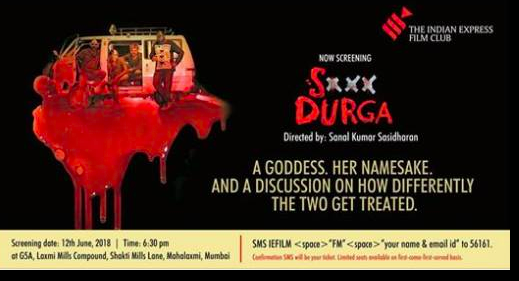
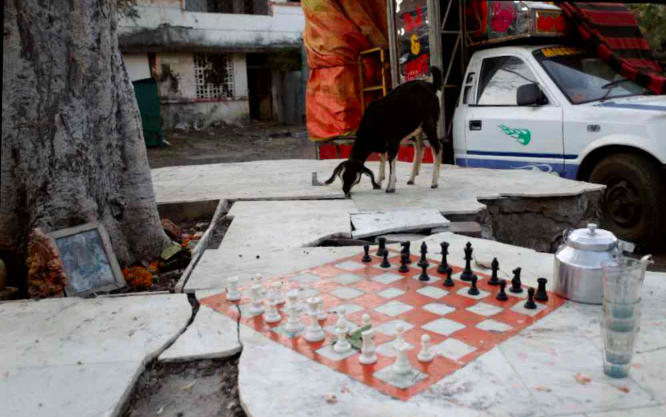
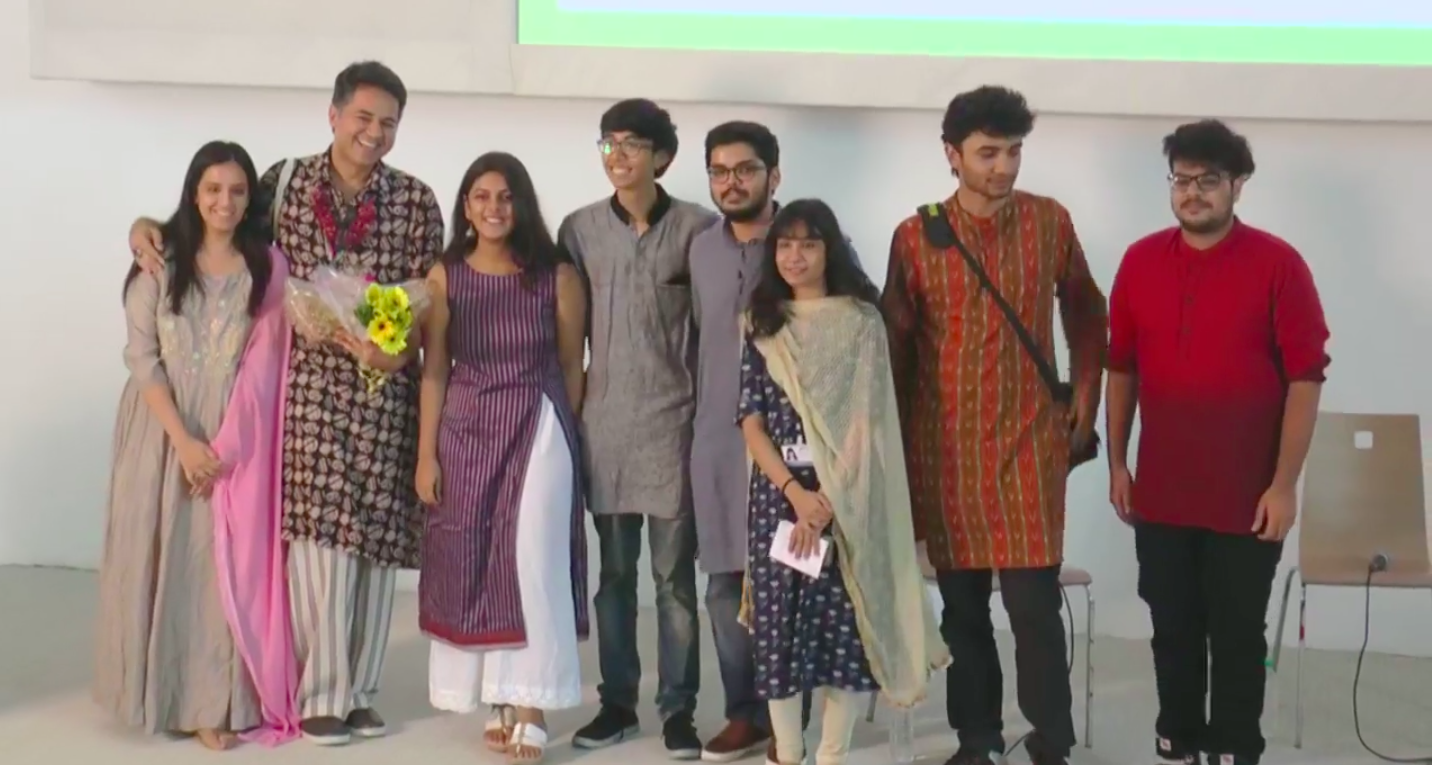
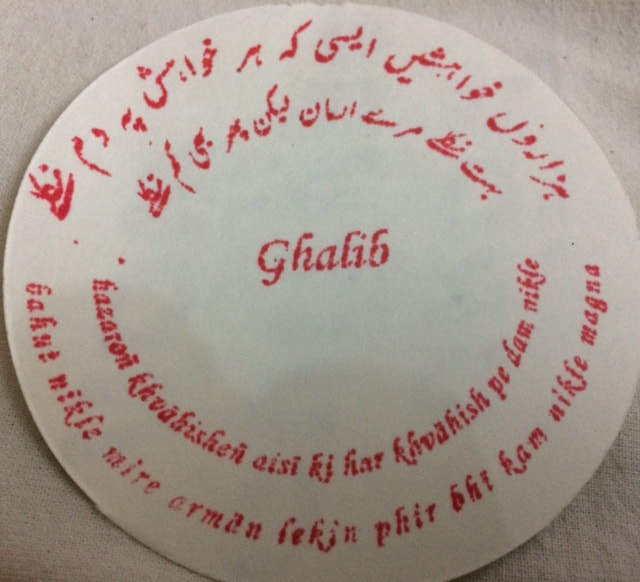

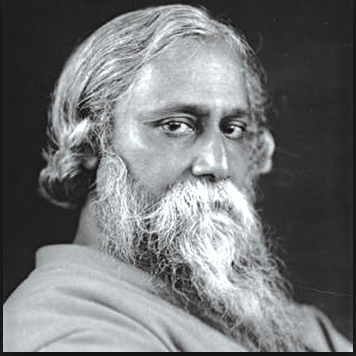
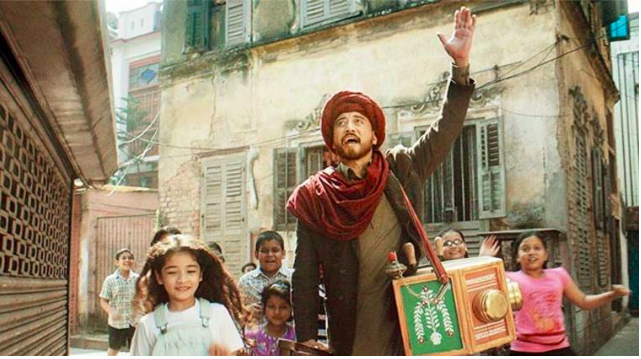
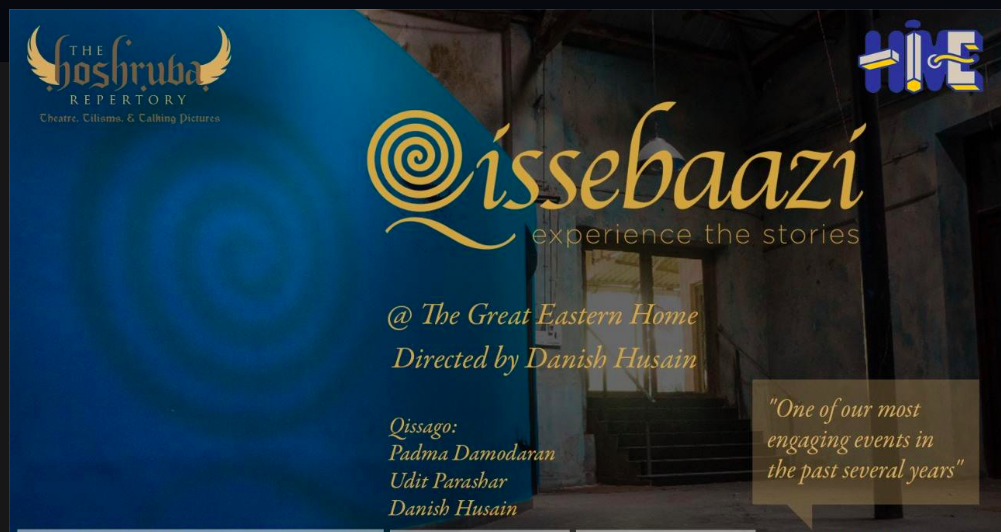
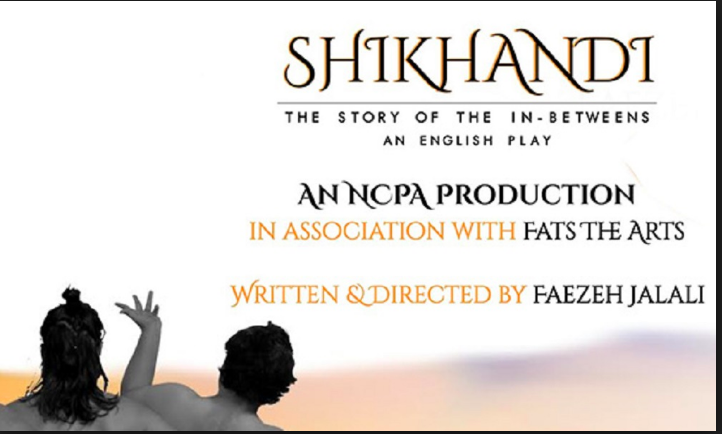
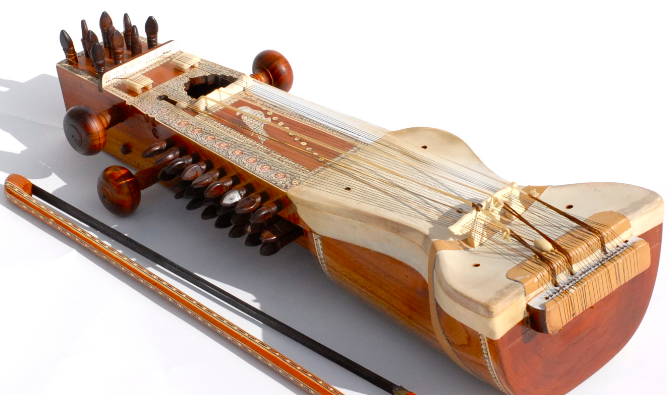
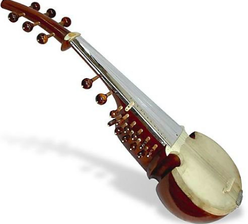
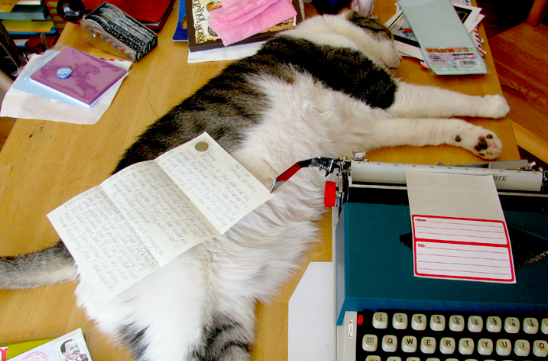
 RSS Feed
RSS Feed
